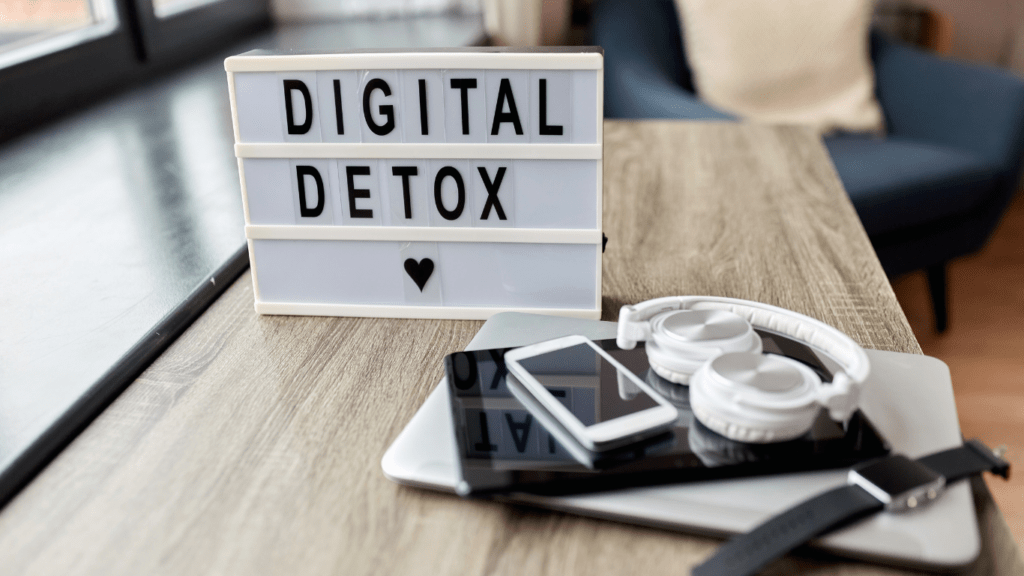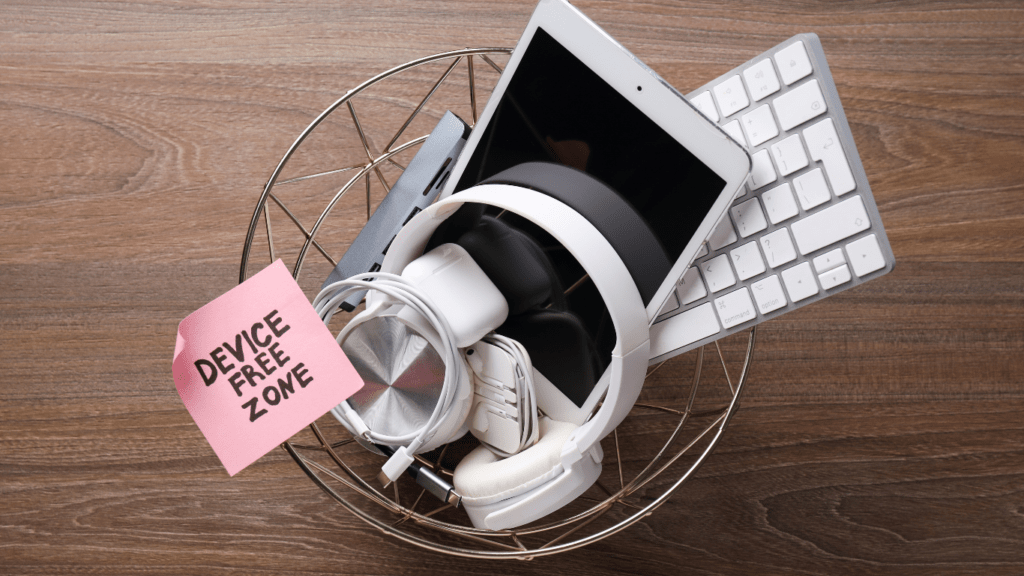Understanding The Digital Detox Movement
The digital detox movement promotes intentional breaks from digital devices to improve mental and emotional health. It encourages individuals to reduce screen time and reconnect with offline experiences. Unlike permanent disconnection, this approach emphasizes selective usage to create a healthier balance.
Advocates highlight several benefits of digital detoxes, including reduced stress, better sleep quality, and enhanced productivity. Studies, such as a 2019 report by the American Psychological Association, show that people who limit social media feel less overwhelmed. Examples include scheduling device-free hours or engaging in outdoor activities to minimize online distractions.
The movement’s growth reflects increasing awareness of digital overstimulation. Many organizations, like the Digital Wellness Institute, provide resources to guide users. Tools like app timers or do-not-disturb functions also support detox efforts. By setting boundaries with tech, individuals regain control over their time and focus on real-world relationships.
Why Are People Choosing To Unplug?
More people are reevaluating their relationship with social media, recognizing its influence on mental and emotional well-being. Growing awareness of its downsides has driven many to disconnect, even temporarily, for healthier living.
Mental Health Concerns
Social media often triggers feelings of:
- anxiety
- depression
- low self-esteem
Constant exposure to highly curated posts and online validation loops can lead to unhealthy comparisons and a fear of missing out (FOMO). A 2018 study published in Journal of Social and Clinical Psychology found that limiting social media use to 30 minutes daily significantly reduced symptoms of depression and loneliness. For many, unplugging has become a way to regain mental clarity and emotional balance.
The Impact on Productivity
Social platforms can act as time sinks, reducing focus and efficiency. Frequent notifications and the urge to scroll through feeds disrupt attention spans and extend work hours. Research from RescueTime, a time management software company, revealed that people spend an average of three hours daily on mobile devices, much of it on social apps. Reducing this engagement allows individuals to reclaim valuable time for work, hobbies, or self-improvement.
Building Real-Life Connections
Heavy social media use often replaces in-person interactions, weakening meaningful connections. By stepping away from screens, individuals create space for face-to-face conversations and shared experiences. Pew Research Center data from 2022 shows 29% of adults feel distracted during family or social gatherings due to device usage. Unplugging helps individuals nurture existing relationships and forge new ones in offline settings, strengthening their support networks.
Benefits Of A Digital Detox

Taking a break from constant digital engagement offers numerous advantages for mental and physical health. A digital detox creates space for deeper connections, personal growth, and overall balance.
Enhanced Focus and Creativity
Reducing screen time can help restore focus and enhance creative problem-solving. Constant notifications and scrolling fragment attention, making it harder to concentrate on tasks. By stepping away from digital distractions, I find it easier to engage in deep work and generate innovative ideas. Studies, such as a 2021 report in the Journal of Applied Psychology, show that reduced digital use can boost productivity and spark creativity by minimizing cognitive overload.
Improved Sleep Patterns
Unplugging from devices before bedtime helps regulate sleep cycles. Exposure to blue light from screens disrupts the production of melatonin, a hormone critical for sleep. Avoiding screens in the evening allows me to fall asleep faster and enjoy more restorative rest. Research published in Sleep Medicine Reviews confirms that reducing screen exposure just one hour before bed improves overall sleep quality, leading to better physical and mental health.
Better Emotional Well-Being
A digital detox can lower stress and promote a more positive mindset. Excessive social media use often triggers negative emotions, such as anxiety from comparisons or overwhelm from constant updates. Limiting these interactions allows me to focus on gratitude, mindfulness, and self-awareness. According to a 2018 study in the Journal of Social and Clinical Psychology, participants who reduced their social media use experienced significant drops in symptoms of depression and loneliness within three weeks.
Challenges Of Disconnecting
Stepping away from social media isn’t always easy. Several barriers make the process of unplugging challenging for many individuals.
Fear of Missing Out (FOMO)
FOMO often creates anxiety about missing updates and events. For example, friends’ life milestones, trending news, or professional opportunities can drive people to stay connected constantly. This perceived necessity to remain informed reinforces habitual screen time, making digital detox efforts feel isolating or unproductive.
Social and Professional Pressures
Social and professional expectations frequently discourage unplugging. Networking often relies on platforms like LinkedIn, while social gatherings are arranged through apps. Disconnecting can lead to concerns about being perceived as out of touch or unresponsive. For individuals whose jobs involve social media management or content creation, taking a break feels nearly impossible without risking productivity or engagement levels.
Strategies For A Successful Digital Detox
Implementing effective strategies is essential for maintaining balance during a digital detox. By focusing on actionable steps, it’s possible to regain control over time and attention without feeling overwhelmed.
Setting Clear Boundaries
- Defining specific limits for technology use creates structure and reduces overconsumption.
- I recommend setting dedicated screen-free hours, like during meals or before bed, to create intentional breaks.
- Leveraging tools such as app timers or do-not-disturb functions ensures consistency with these boundaries.
- Muting non-essential notifications during work improves focus and minimizes distractions.
Incorporating Offline Activities
Engaging in offline activities fills the gap left by reduced screen time and promotes well-being. Spending time outdoors, reading physical books, or pursuing creative hobbies like painting or writing provides fulfilling alternatives. I find scheduling offline social interactions equally important, such as meeting friends for coffee or joining local interest-based groups. These actions reinforce real-life connections while breaking the habit of defaulting to digital devices.
Gradual Reduction vs. Complete Detox
A gradual reduction works better for those feeling daunted by a full digital detox. Slowly cutting back on daily usage, like reducing social media scrolling from two hours to one, makes the process more manageable. In contrast, a complete detox offers a reset for individuals seeking immediate relief from digital overstimulation. For instance, committing to one weekend without any social media provides an opportunity to experience its effects in a short, controlled period. Both approaches require consistency to yield lasting benefits.



